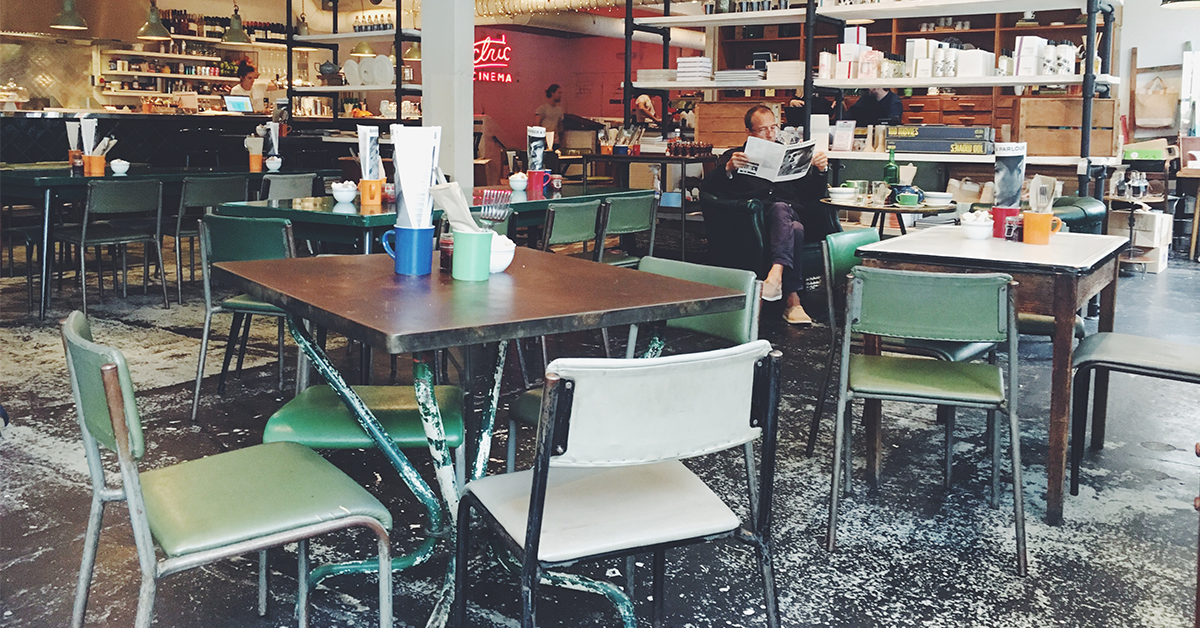508-753-1400
View Blog Posts by Category:
View Blog Posts Tagged with:
The Exception to the Decline in Restaurant Sales

Restaurants are big business and the biggest slice of the retail and service sector that holds so much of U.S. jobs and business owners. Restaurants also represent one of the largest sections of privately owned, independently operated main street businesses. Restaurants are small business owners and family run businesses with their lifetime’s work and often their retirement nest egg in that business. However for buyers and sellers of restaurants alike, new data shows hurdles owners will have to overcome to show their business is worth buying in many parts of the United States.
Restaurants, which along with bars and other food service businesses, account for roughly 50 percent of all retail businesses bought and sold in 2015, according to BizBuySell’s (www.bizbuysell.com) Insight Reports. In the last quarter of the year, overall business transactions were down almost 9% over last quarter, from 1,848 in Q4 2014 to 1,683 in Q4 2015, and in that, the restaurant industry made up most of the transaction lag with an 11% drop over the same time last year. With median asking and sale prices for restaurants up $10,000 over the previous year, it shows that sellers are willing to wait until the right price, but buyers are more hesitant.
However, within certain regions instead of increasing prices, Food & Beverage (F&B) businesses are instead seeing overall drops in selling prices due to an overabundance of one particular part of the market. In southern New England and Massachusetts in particular, pressures from encroaching franchises and increasing competition are causing prices to drop across the entire restaurant industry.
“The over-saturation of Greek pizza shops with the proliferation of 3rd-4th generation children graduating from college is exhibiting more Food & Beverage related businesses on the market than I have ever witnessed,” explained Chris George, CEO of the Massachusetts business brokerage George & Company. “These well-educated kids don’t want to work 100 hours a week to make a living like Mom & Dad did to put them through school.”
As these generation family businesses suddenly find themselves at the end of the passing down the business through the family, they started to enter into the business market instead. As more and more F&B businesses go up for sale, the entire restaurant market drops due to alternatives and replacements – better known as the principle of supply and demand.
As either a potential buyer or seller of a business, combating these challenges should be one of your priorities to either improve the selling value of your business or part of a business plan to maximize your investment. Costs can be countered by menu pricing increases and increasing operating hours; while reevaluating your wholesale providers can help with variable costs and open up new menu options. When it comes to competing within a saturated F&B market, it’s important to have a plan to separate yourself from the competition: thankfully buyers have many options to choose from before committing to a business.
This isn’t a slow year for the business market: in fact business listings for the fourth quarter topped 2014’s by 3%, and these numbers are even higher for certain markets such as Southern New England. Rising sale prices along a decline in overall transactions shows the importance now more than ever that restaurant sellers need to show the financial strength and profitability of their business, specifically their cash flow, in order to sell their business near initial offer levels. To be able to show this and connect with qualified buyers, the use of a business appraiser and business broker like George & Company allows you to have the reports and know-how to back your business sale. Likewise, approaching a broker as a buyer allows you an in-depth look at a business that has been vetted by a professional, along with comparing it to other businesses on the market.
